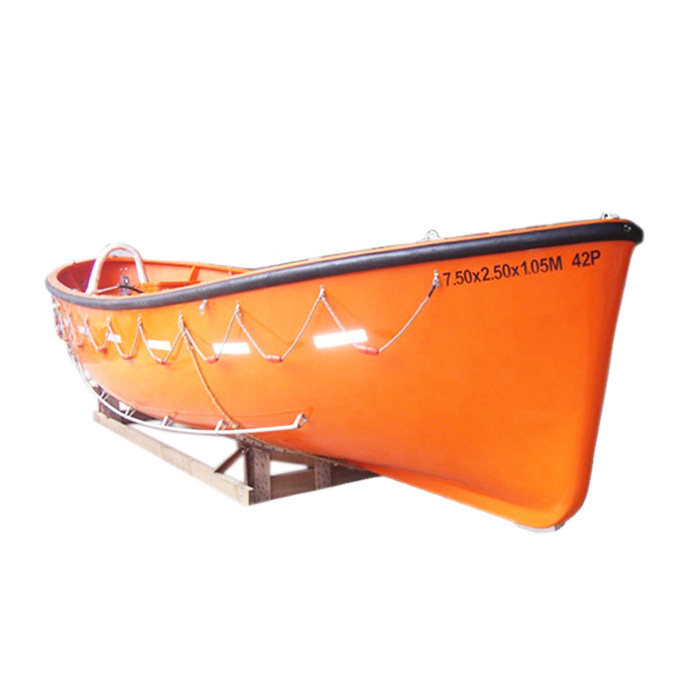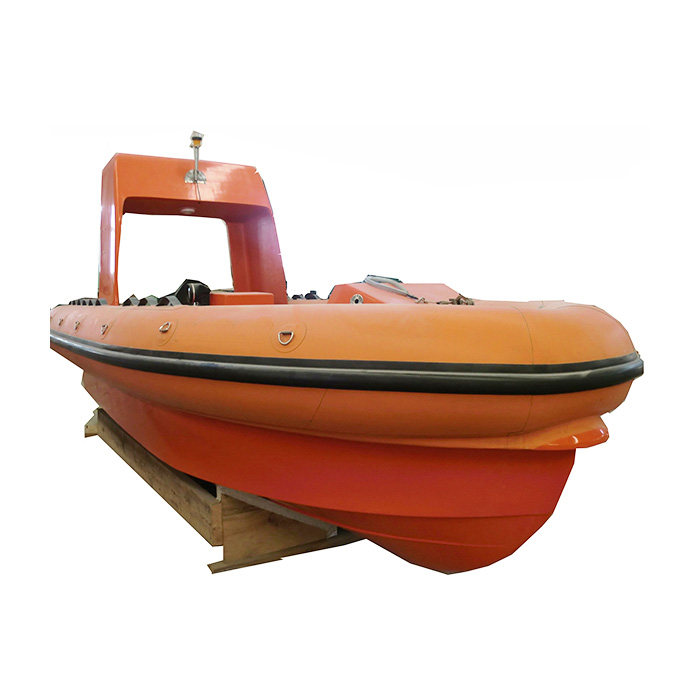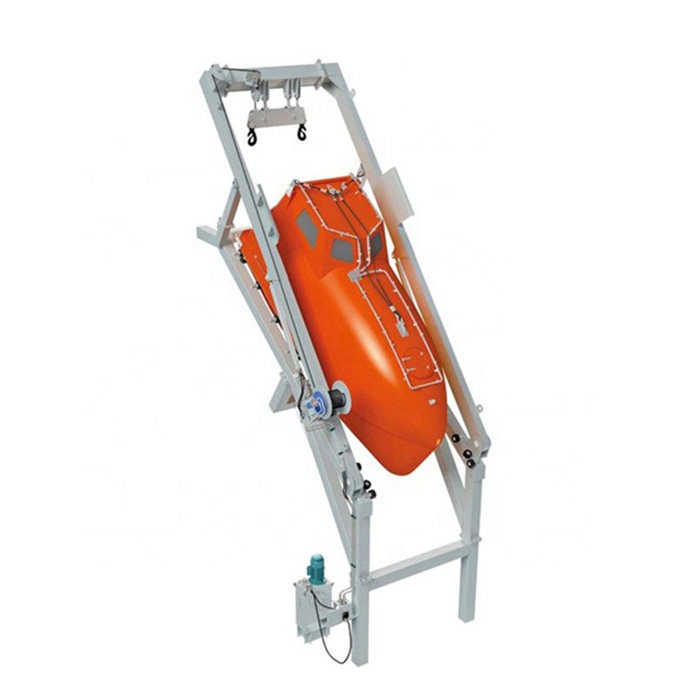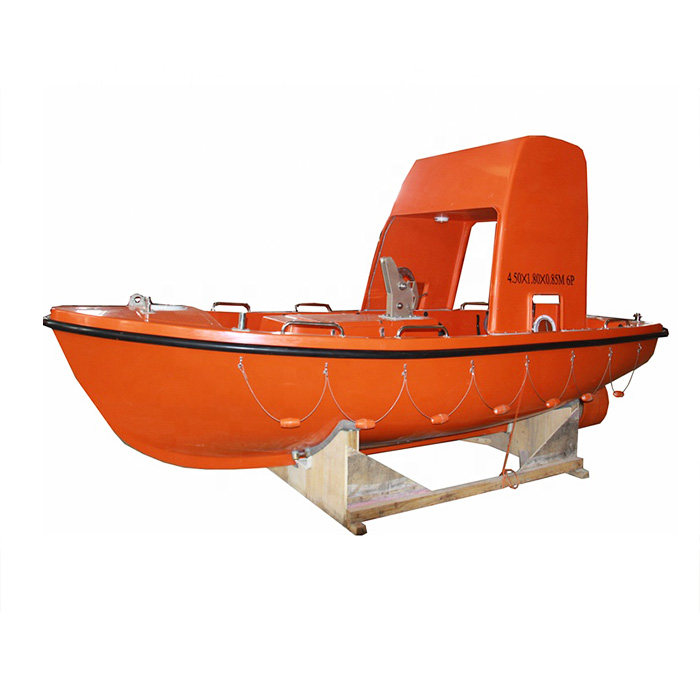Enclosed vs. Open Type Marine Lifeboats: How to Choose the Right Type
Marine lifeboats are essential safety equipment on ships, designed to ensure the safe evacuation of crew and passengers during emergencies. Lifeboats are generally categorized into two types: enclosed and open. Each type has unique features, advantages, and limitations. This article explores the differences between enclosed and open marine life boats, focusing on design, safety, functionality, and suitability for various conditions a and the key factors to consider for choosing between the two types.
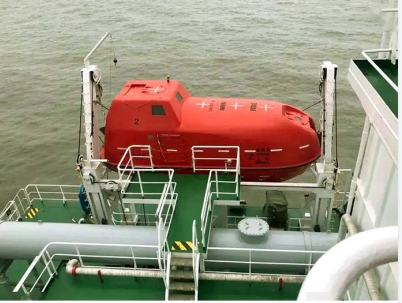
What are Enclosed and Open Marine Lifeboats
Enclosed Marine Lifeboats
Enclosed lifeboats are fully covered, providing a protective shell that shields occupants from environmental elements like rain, wind, and waves. These marine lifeboats are typically made of durable materials such as fiberglass or reinforced steel to withstand harsh maritime conditions.
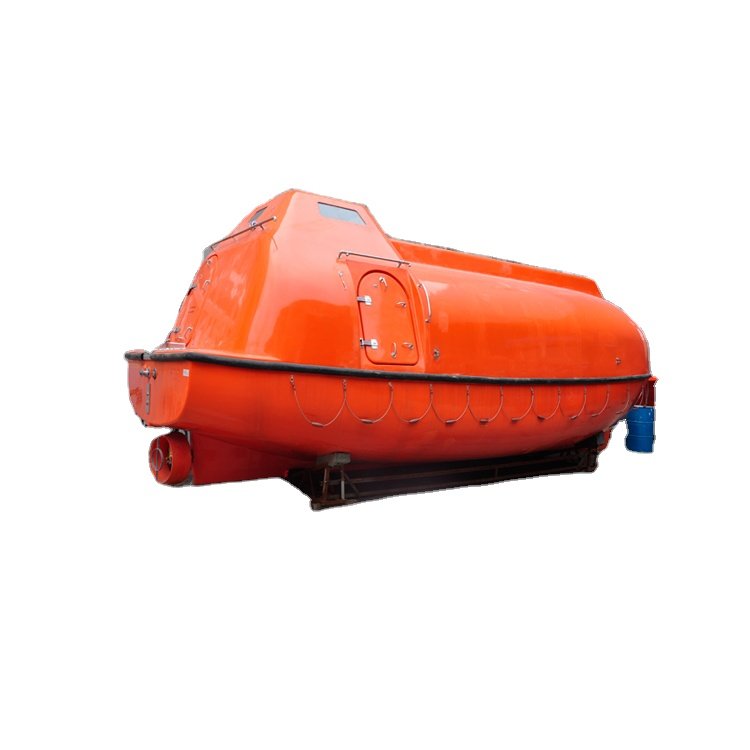
Open Marine Lifeboats
Open lifeboats have an open-top design, exposing occupants to the environment. These marine lifeboats are simpler in construction, typically made of lightweight materials, and are easier to deploy in emergencies.
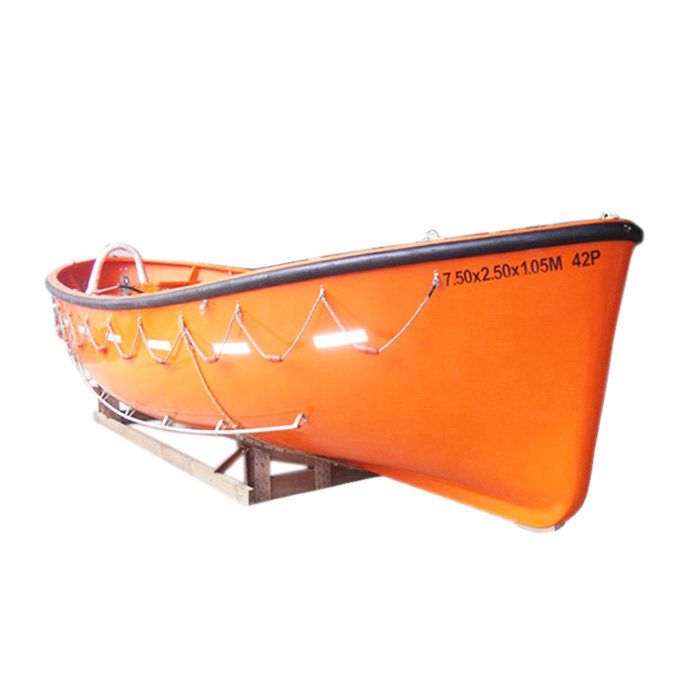
Key Differences Between Enclosed and Open Marine Lifeboats
1. Design and Construction
Enclosed Lifeboats:
- Fully covered structure offering maximum protection from external elements such as waves, wind, and rain.
- Built with reinforced materials to withstand harsh marine environments.
- Designed to be self-righting, meaning they return to an upright position even if capsized.
Open Lifeboats:
- Feature an open-top design, exposing occupants to the environment.
- Constructed with simpler materials, often for non-extreme marine conditions.
- Typically lighter and less complex in design compared to enclosed lifeboats.
2. Safety Features
Enclosed Lifeboats:
- Offer better protection against hypothermia, rough seas, and potential fire hazards.
- Equipped with safety harnesses to secure occupants during rough conditions.
- Reduced risk of water ingress, ensuring the lifeboat remains buoyant and operational.
Open Lifeboats:
- Limited protection from the environment, exposing occupants to weather and sea spray.
- More vulnerable to capsizing in rough seas.
- Often used with supplemental life-saving equipment, such as life jackets and lifebuoys, to enhance safety.
3. Capacity and Comfort
Enclosed Lifeboats:
- Typically have a higher capacity, designed to accommodate larger groups of people.
- Offer basic amenities such as ventilation systems, emergency supplies, and survival kits.
- More comfortable for prolonged use, particularly in extreme conditions.
Open Lifeboats:
- Limited capacity, suitable for smaller groups or short-term use.
- Minimal comfort features, as they are designed primarily for quick evacuations and short durations.
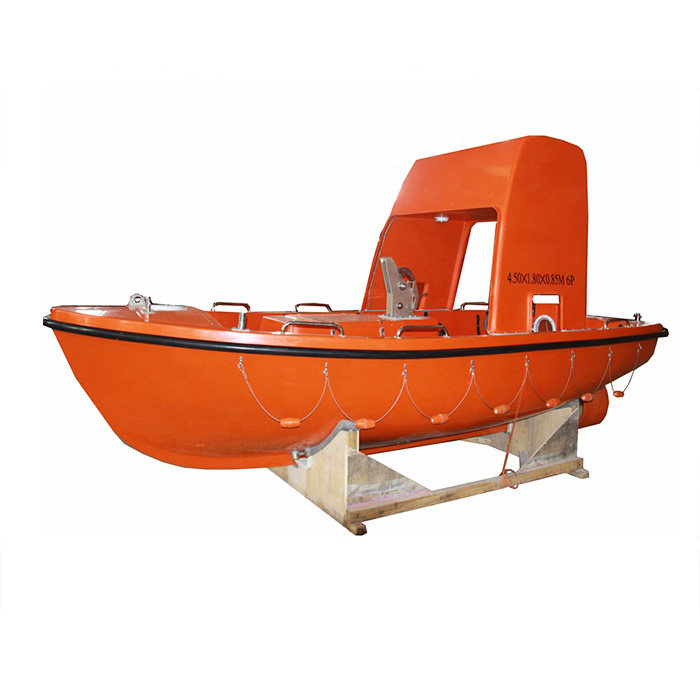
4. Deployment and Operation
Enclosed Lifeboats
- Often launched using sophisticated davit systems, ensuring controlled and efficient deployment.
- Engine-powered, allowing for better maneuverability and control.
- Ideal for long-distance evacuation and operations in hostile environments.
Open Lifeboats:
- Simpler deployment mechanisms, such as manual lowering, making them easier to launch in some scenarios.
- May rely on oars or small outboard motors for propulsion.
- Best suited for calm waters and short distances.
5. Cost and Maintenance
Enclosed Lifeboats:
- Higher initial costs due to advanced design and materials.
- Require regular maintenance of engines, safety systems, and structural components.
- Long-term investment for ships operating in diverse and challenging conditions.
Open Lifeboats:
- Lower upfront costs, making them become cost-effective lifeboats for vessels in predictable, calmer waters.
- Easier to maintain due to their simple design and fewer components.
- Suitable for smaller vessels or secondary life-saving measures.
6. Applications
Enclosed Lifeboats:
- Commonly used on large cargo ships, oil rigs, and passenger vessels.
- Essential for operations in harsh climates, such as polar regions or areas prone to extreme weather.
Open Lifeboats:
- Often used on small coastal ships, fishing vessels, and inland watercraft.
- Ideal for short-term evacuation and operations in moderate or calm waters.
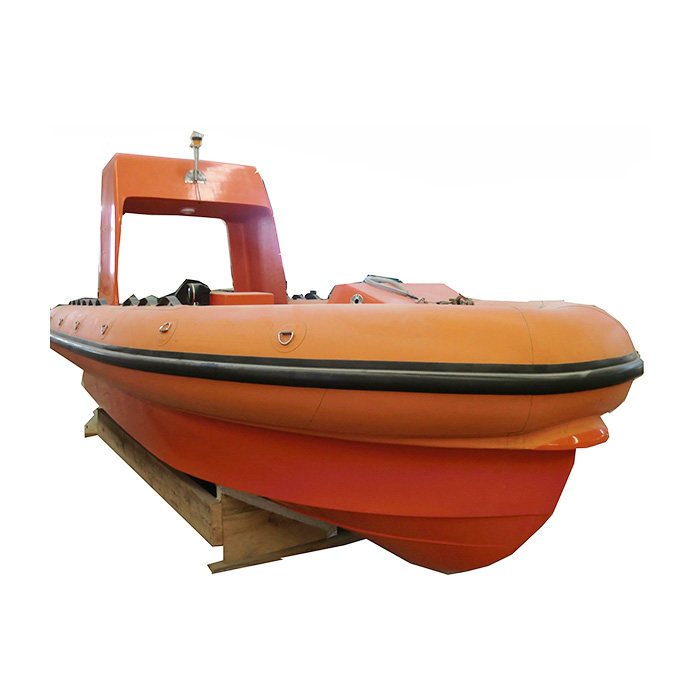
How to Choose Between Enclosed and Open Marine Lifeboats
This chart helps match your vessel’s requirements to the appropriate lifeboat type, ensuring optimal safety and efficiency.
| Criteria | Enclosed Lifeboats | Open Lifeboats |
| Protection from Elements | Fully enclosed design protects against rain, wind, waves, and fire | Exposed to weather, limited protection from elements |
| Suitability for Harsh Conditions | Ideal for rough seas, storms, and extreme weather | Suitable for calm waters and mild conditions |
| Safety Features | Self-righting, watertight, includes survival supplies | Basic safety, no self-righting feature |
| Propulsion System | Engine-powered for reliable maneuverability | Oars or small motors, limited propulsion |
| Capacity | Accommodates more passengers, includes survival gear | Smaller capacity, minimal or no survival gear |
| Applications | Best for cargo ships, tankers, offshore platforms | Suitable for small vessels, fishing boats, or calm waters |
| Cost | Higher initial cost and maintenance requirements | Affordable and cost-effective |
| Regulatory Compliance | Required for vessels in international and high-risk areas | May not meet stringent safety standards |
| Rescue Time | Suitable for prolonged survival and delayed rescue | Designed for quick rescue in nearby waters |
| Ease of Deployment | Heavier and requires robust launching systems | Lightweight, easier to deploy quickly |
Summary:
- Choose Enclosed Life boats if operating in harsh, unpredictable environments where maximum safety and prolonged survival capabilities are needed.
- Choose Open Life boats if operating in calm, controlled waters with reliable access to nearby rescue services.
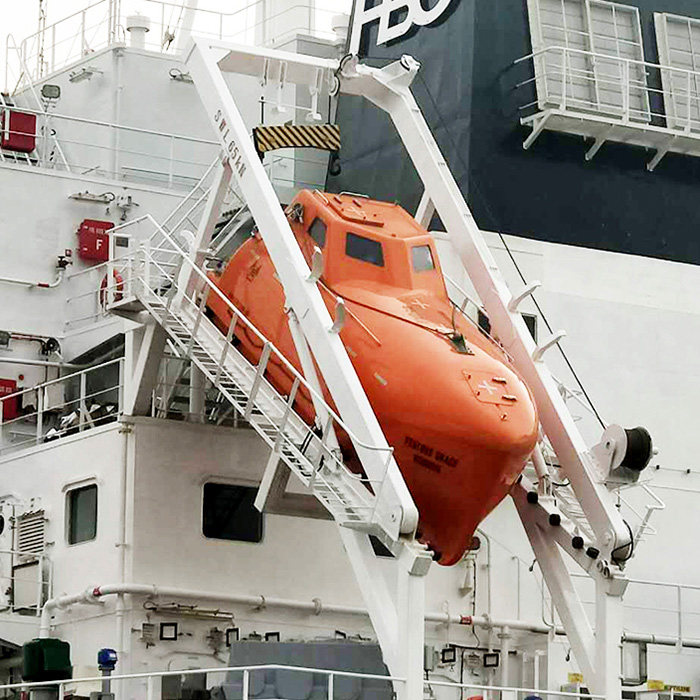
Overall, Choosing between enclosed and open marine lifeboats depends on the specific needs of the vessel and the operational environment. Enclosed lifeboats provide superior safety, durability, and functionality, making them indispensable for high-risk conditions. In contrast, open lifeboats are a cost-effective and practical option for vessels operating in controlled and less challenging waters. Through understanding the distinctions between these two types, shipowners and operators can make informed decisions to prioritize safety and compliance with maritime regulations.


